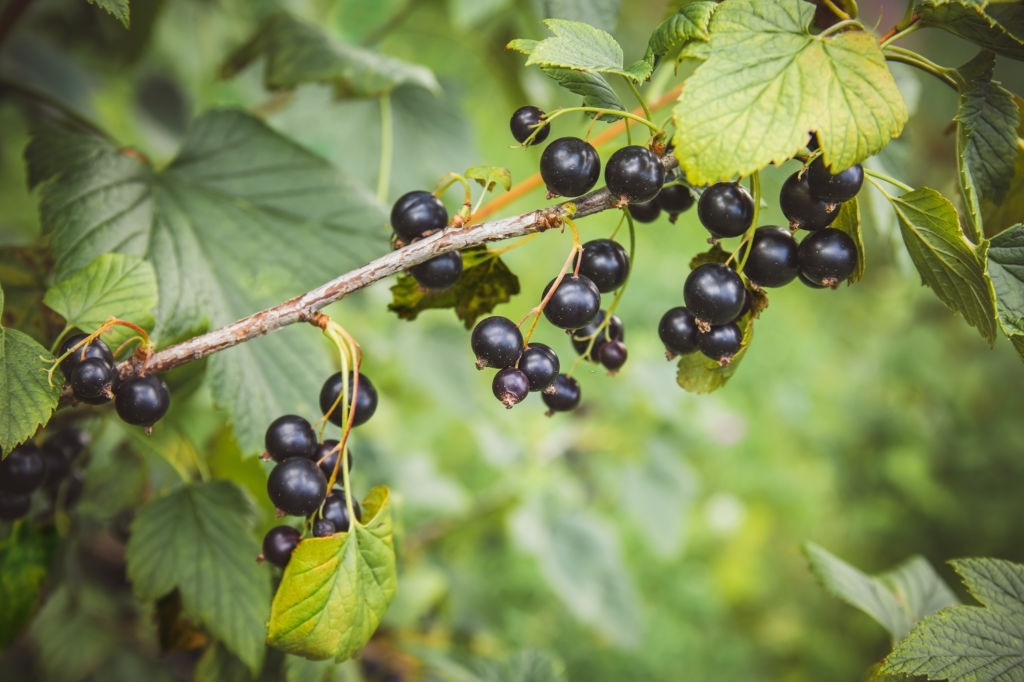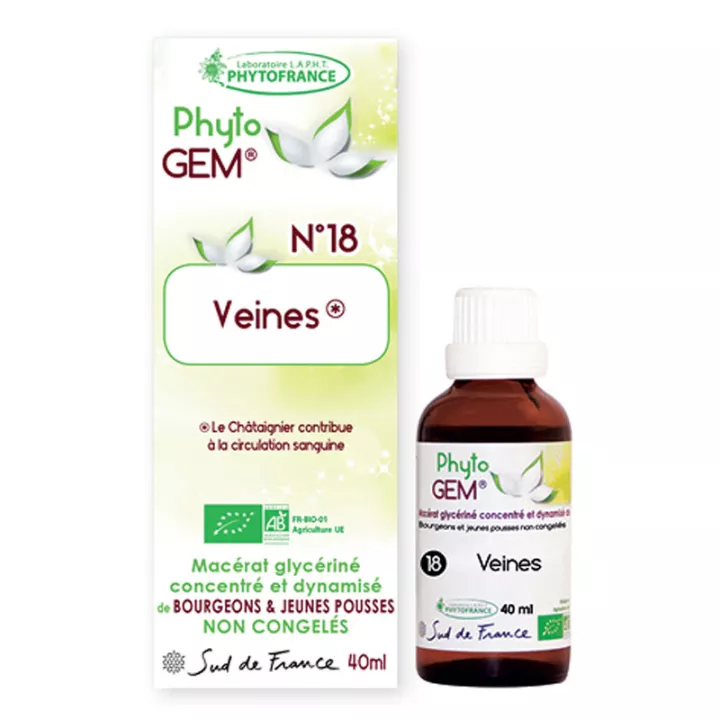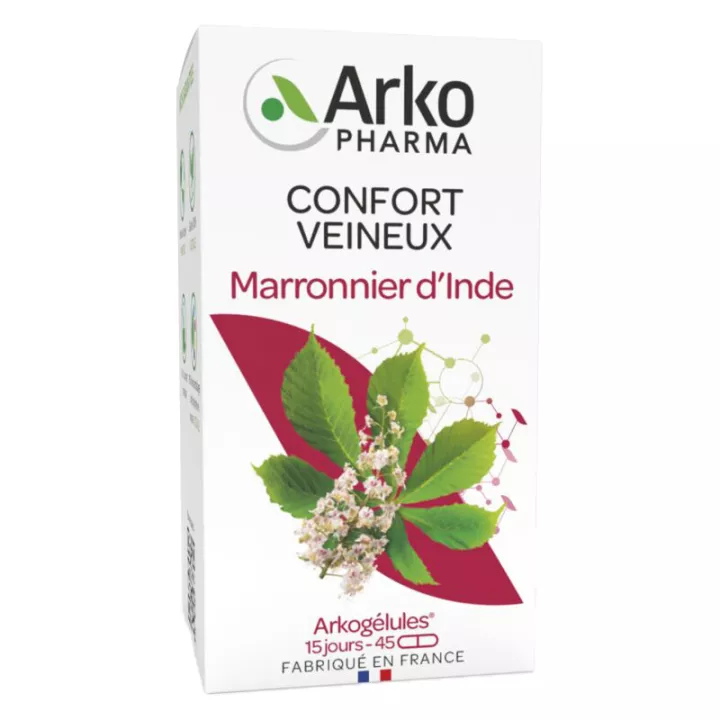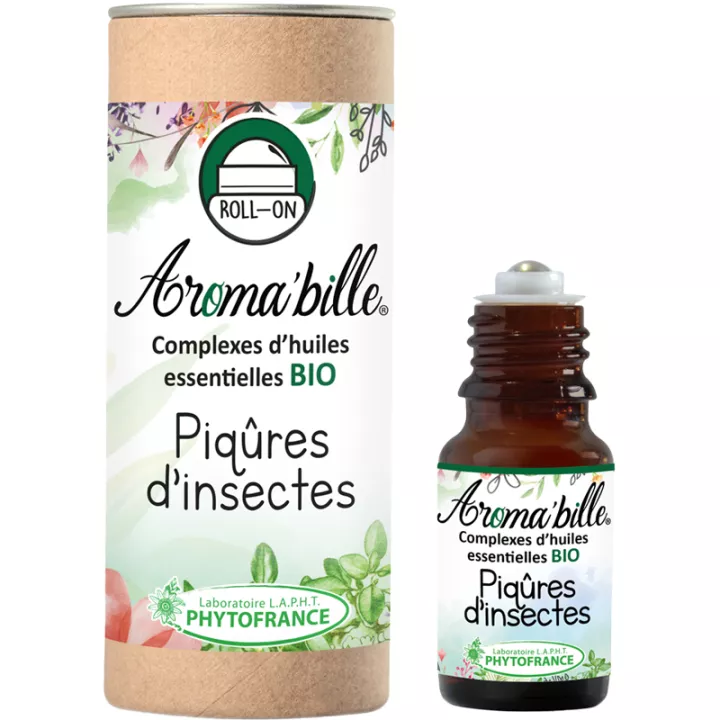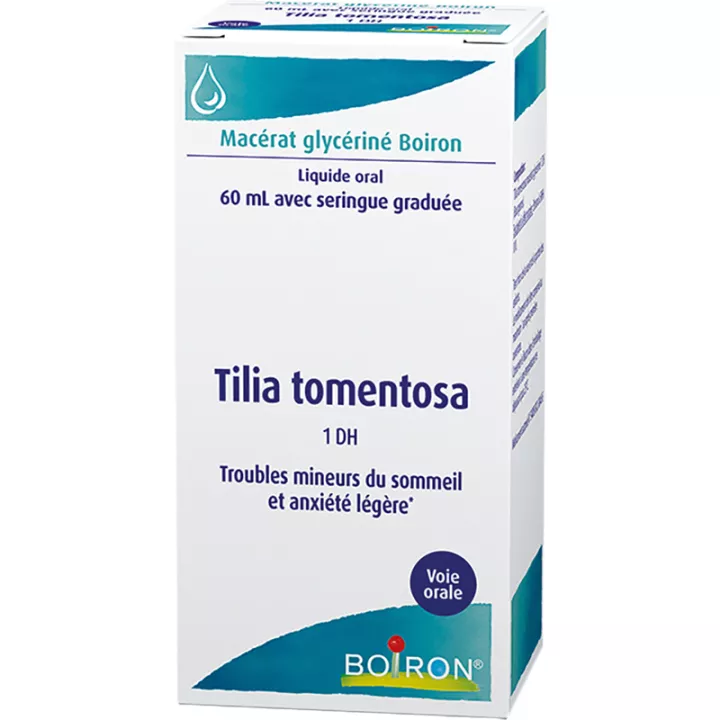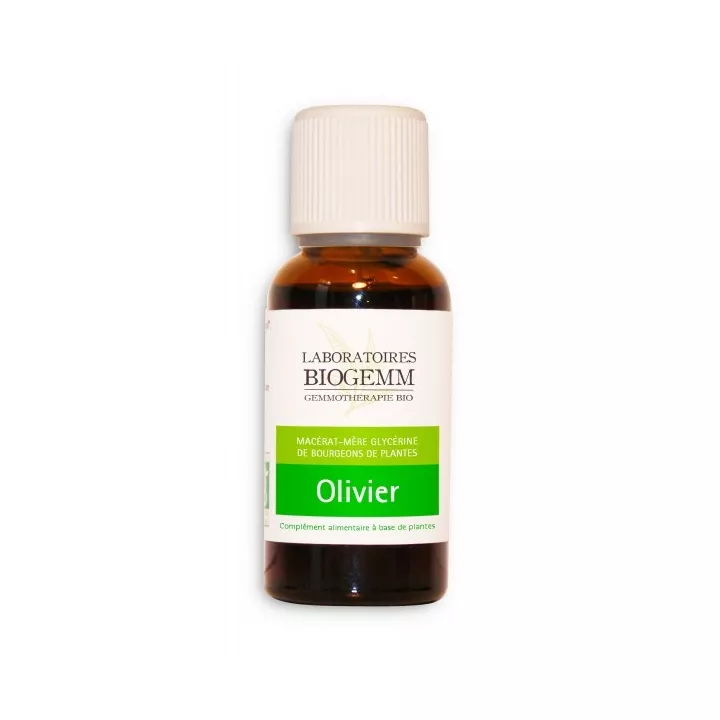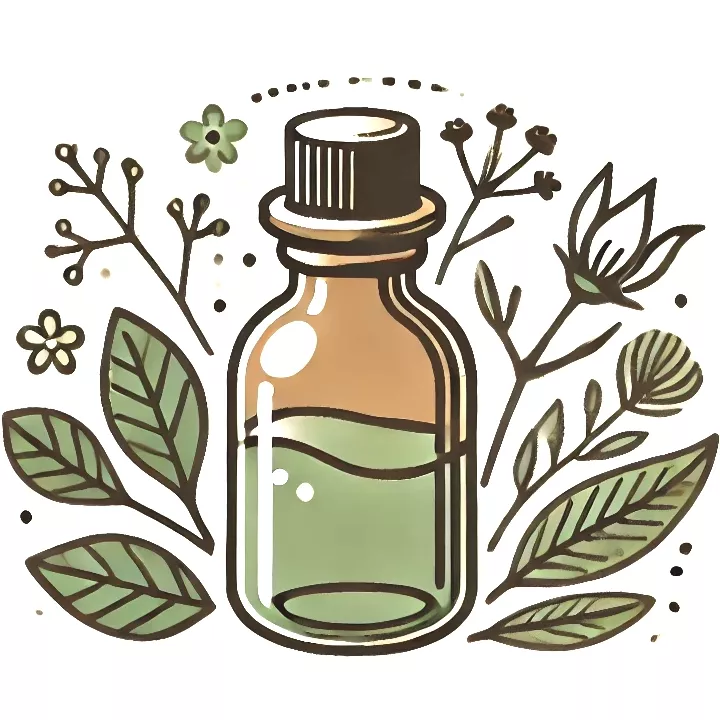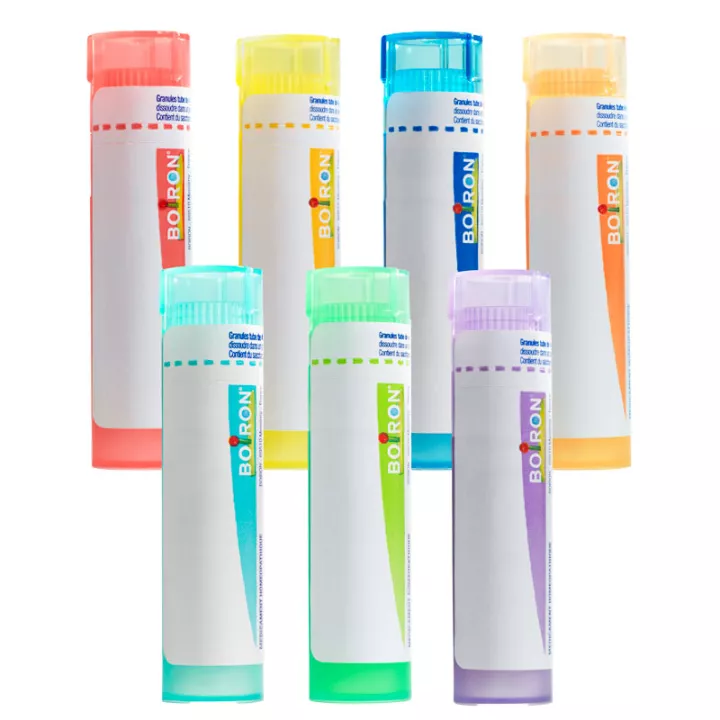What is Phytofrance Phyto'gem Veines N°18 used for?
Glycerine macerates are hydroalcoholic glycerine preparations of buds, the young shoots of trees. The bud contains all the informative energy needed for the plant's development: its action is hyperactive. In order to harvest the concentrated energy contained in buds, it is recommended that they be harvested at the most favourable time: during sap flow, in spring. Rich in active ingredients and bursting with water, they must not be frozen after harvesting, and must be macerated as quickly as possible to retain all their active ingredients. This is the most active way to prepare the plant.
PhytoGem are concentrated bud macerates, either individually or in complexes. These concentrated macerates enable rapid, more precise action, with less alcohol consumption. Phyto'gem N°18 Veines Bio is a gemmotherapy synergy formulated with 5 organic buds: Chestnut, Horse Chestnut, Lemon, Hawthorn and Walnut. These plants have an action on heavy legs, toning venous walls, relieving varicose veins and hemorrhoids , and reducing swollen ankles.
- Chestnut is an anti-hemorrhoidal. It is used in cases of varicose veins, varicose ulcers and hemorrhoids.
- Chestnut stimulates venous, lymphatic and capillary circulation.
- Hawthorn is best known for its action on angina pectoris, and has an interesting effect on venous thrombosis.
- Walnut has a positive effect on blood coagulation
- Lemon ensures blood vessel permeability.
Phytofrance's Phyto'gem Veins N°18 is particularly effective in relieving heavy legs. By toning the venous walls, the buds contained in this product help improve blood circulation in the lower limbs. This action promotes more efficient venous return, reducing the sensation of heaviness in the legs. People suffering from this frequent discomfort can therefore find real relief by incorporating this macerate into their daily routine.
Thanks to their venotonic and anti-hemorrhoidal properties, the buds present in Phyto'gem Veins N°18 also contribute to the treatment of varicose veins and hemorrhoids. By strengthening blood vessel walls, these active ingredients promote better vascular tone, reducing excessive dilation of veins. This action helps relieve symptoms associated with varicose veins and hemorrhoids, such as pain, itching and bleeding, offering welcome relief to those affected by these conditions.
The buds in Phyto'gem Veins N°18 also act on lymphatic circulation, helping to reduce swelling of the ankles and feet. By improving lymphatic drainage, they encourage the elimination of liquids accumulated in tissues, thus reducing oedema and swelling. This action is particularly beneficial for people suffering from water retention or lymphatic disorders, who can experience significant relief with regular use of this product.
Aquagemm also offers Apple bud macerate at the best price in our online pharmacy.
How to use this bud macerate for Heavy Legs?
Adults: 5 to 20 drops per day in 1 glass of water, in 1 to 2 doses.
Children: 3 to 5 drops, 2 to 3 times a day, in 1 glass of water.
Give your opinion on the instructions for use and dosage of Phytofrance Phyto'gem Veines N° 18 40 ml with our partner Verified opinions after your purchase.
What are the side effects and contraindications?
- Internal use
- Follow dosage instructions
- Store in a clean, dry place away from heat, humidity and light.
- Always keep out of reach of children
What is the composition?
Phytofrance Phyto'gem Veines N° 18 is formulated with : Water, vegetable glycerine, alcohol 18% Vol, unfrozen chestnut, chestnut, lemon, walnut and hawthorn buds.
Presentation - Packaging
Phyto'gem Veines N°18 Phytofrance comes in a 40 ml dropper bottle.
